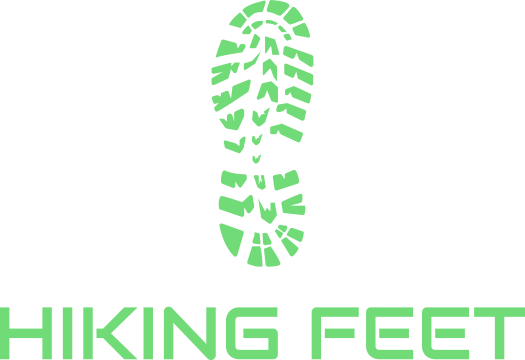One of the best reasons to buy hiking boots is ankle support. But many popular hiking boots don't provide much ankle support. For example, the best-selling Merrell Moab has below average ankle support, and the mid-cut Altra Lone Peak isn't made to protect your ankles. Over the past two decades, I've hiked more than 15,000 miles without any ankle injuries, even though ankle problems run in my family. With all that first-hand experience—and my experience managing footwear at Appalachian Outdoors—I know the best hiking boots for ankle support.

john l. from texas
The people at REI really didn’t understand what kind of hiking boots I needed for my ankle problems. Now I can go back and show them your article on Hiking Feet, so they might better understand what I'm looking for."
This post includes affilate links. If you buy something after clicking on a link, the retailer may share a small percentage of the sale with Hiking Feet. That's free for you—and supports this site's free and independent content.
Best Hiking Boots for Ankle Support
LA SPORTIVA NUCLEO HIGH GTX
Best Lightweight Hiking Boot for Ankle Support
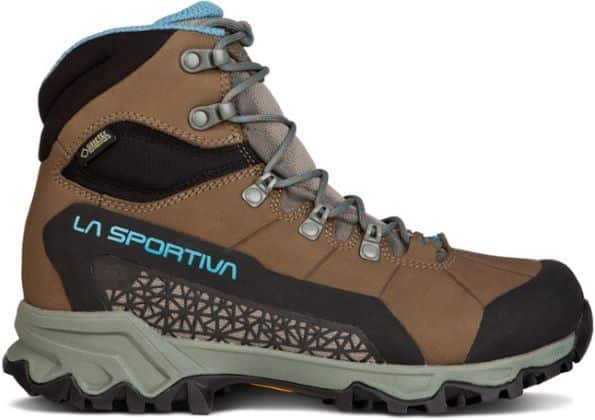
Main Benefits:
Most lightweight hiking boots suck in the ankle support department. However, the Nucleo High GTX has high-cut ankle collars, which provide good protection for a lightweight hiking and backpacking boot. Made with soft nubuck leather, this good-looking boot is relatively light yet relatively supportive for its weight. Performance-wise, it features waterproof-breathable Gore-Tex Surround and a Vibram outsoles for good grip on technical terrain. Fit-wise, Sportivas run narrow and may require you to size up more than normal; however it's also available in wide. The Nucleo's uppers aren't stiff enough or thick enough to offer bomb-proof ankle protection. However, it’s the best lightweight hiking boot for ankle support. I wore Nucleos for a year of rocky Pennyslvania hikes without any ankle issues.
See available sizes, colors, and options:

Men's La Sportiva Nucleo High
Check current price, styles, and colors:

Women's La Sportiva Nucleo High
Check current price, styles, and colors:
Salewa Mountain Trainer Lite Mid
Best Ankle Support for Alpine Hikes
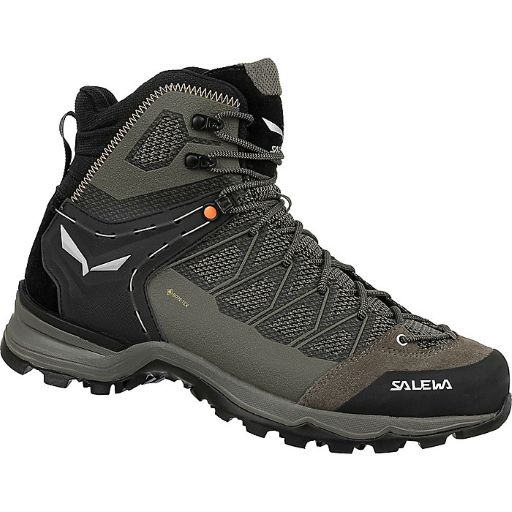
Main Benefits:
Stiff and supportive, the Salewa Mountain Trainer Lite Mid GTX is a mid-weight hiking and backpacking boot made for 3-season alpine use. It offers solid ankle support, thanks to its sturdy outsoles and ankle collars, 3F fit system, and heel stabilizer, which locks hikers' ankles into place. It's a nice hiking boot for technical trails and rock scrambling, too, thanks to its grippy outsoles and climbing lace that extend to the toes. Fit-wise, the MTN Trainer series isn't as narrow as most Salewas, but U.S. hikers may want to size up more than normal for their best fit.
See available sizes, colors, and options:




TECNICA FORGE
Customizable Ankle Support
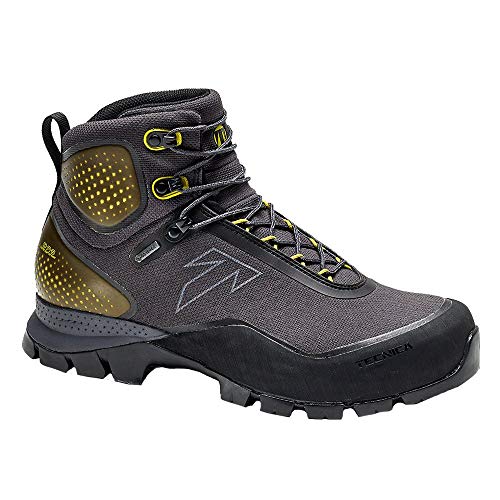
Main Benefits:
Adapting technology from the ski boot industry, the Tecnica Forge is the world's first customizable hiking boot. At select stores, the boot’s thermoform uppers and insoles can be molded to your feet and ankles in twenty minutes using heat and pressured airbags. (I'm one of a small number of outdoor industry pros who've customized these boots in person.) As you might imagine, custom-fit hiking boots aren't cheap. However, a boot that's heat-molded to conform to your in step and ankles could be a revelation for hikers with foot and ankle problems. That being said, the Forge would impress even without a custom fit. It's got premium (GORE-TEX) waterproofing and (Vibram) soles on top of its premium fit. This boot runs a little narrow—and can only be customized in person at a few outdoor retailers. But this could be an epic buy for hikers who want a rock-solid boot with a best-in-class fit.
LOWA RENEGADE GTX
Best Mid-Weight Hiking Boot for Ankle Support
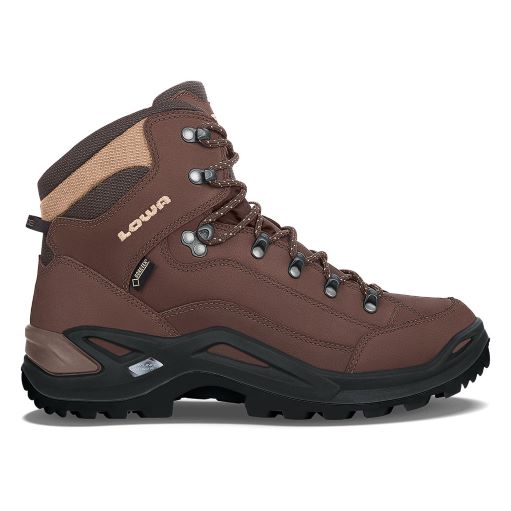
Main Benefits:
The Renegade is LOWA's classic hiking boot for rugged day hikes and backpacking trips. With sturdy leather uppers and midsoles, this beefy boot offers above average ankle protection. It also checks plenty of other boxes, too, such as GORE TEX waterproofing and Vibram outsoles for solid traction. Fit-wise, the Renegade is also available in narrow, regular, and wide widths. (The links below include both standard and wide fits for women and women.) This may be an expensive boot, but it's got a lot to offer backpackers and hardcore hikers who value ankle support more than weight savings or price. I've owned two pairs over the years and personally can vouch for their ankle support.
See available sizes, colors, and options:
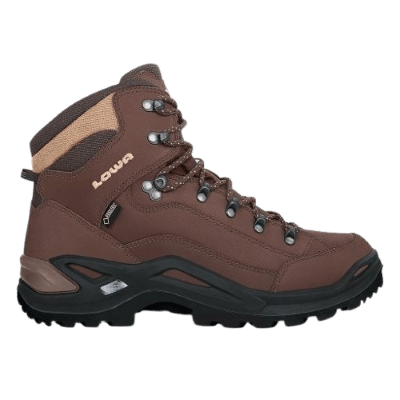
Men's LOWA Renegade
Check current price, styles, and colors:
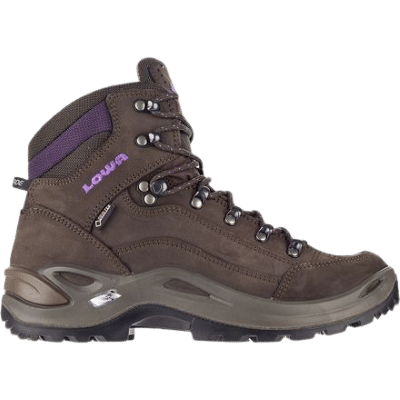
Women's LOWA Renegade
Check current price, styles, and colors:
SALOMON QUEST 4D
Best Backpacking Boot with Ankle Support
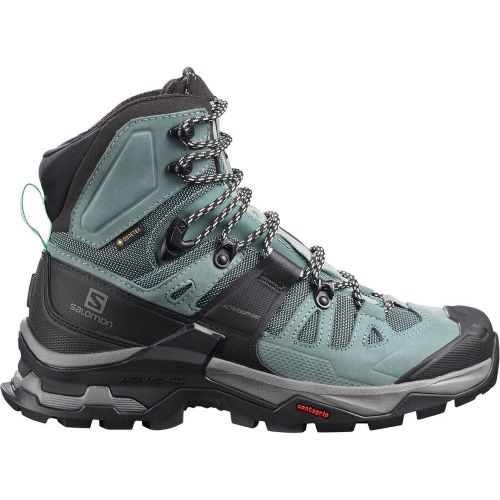
Main Benefits:
The Salomon Quest is an iconic backpacking boot that’s dominated award lists in backpacking magazines and outdoor gear sites for years. The Quest is built on the chassis of a trail running shoe, but it nearly matches the support of heavy-duty backpacking boots. With its sturdy soles and uppers, this boot offers excellent ankle protection. It's also stacked with waterproof-breathable GORE-TEX, a locking shoelace system, and excellent uphill and downhill traction. With its moderate weight and athletic chassis, you could day hike in the Salomon Quest 4D; however, it’s a much better match for backpacking or off-trail hiking. I've owned two pairs of Quests and will own a third once my current backpacking boots wear out.
See available sizes, colors, and options:

Men's Quest 4D GTX
Check current price, styles, and colors:

Women's Quest 4D GTX
Check current price, styles, and colors:
How to find hiking boots with good ankle support
It takes more than a mid-cut ankle collar to provide hikers with good ankle support. For the best ankle support, you should look for hiking boots with these three features:
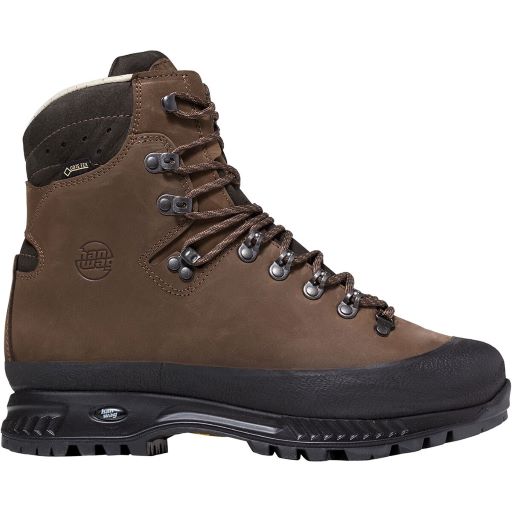
tall ankle collars
The higher a boot extends up your ankle, the better the ankle support. For above average ankle support, look for hiking boots with at least two eyelets above the ankle bone. Taller ankle cuffs may prevent more ankle injuries.
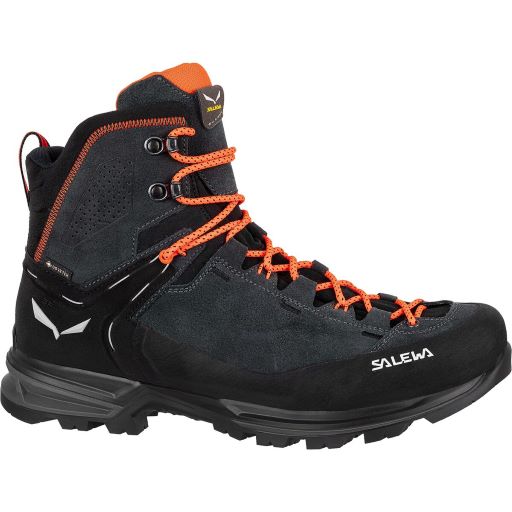
sturdy ankle collars
At the same time, light and flimsy ankle collars won't provide much protection. For better ankle support, you want stiffer, sturdier material around the ankle to help lock in your ankles on uneven terrain. Both leather and synthetic uppers fit the bill—as long as they're stiff and sturdy.

stiff soles
Many hikers don't realize that a hiking boot that's stiffer underfoot can also reduce the risk of ankle injuries. Boots with sturdy outsoles, PU midsoles, and integrated shanks or chassis add stiffness for better torsional rigidity—resistance to twisting—that may prevent your ankles from turning over on rocks and roots. The less flex underfoot, the more ankle support.
Ultimately, traditional Alpine trekking boots provide the best ankle support. However, those hardcore hiking boots are heavier and more expensive than the average hiker and backpacker needs.
My pro picks above are geared towards more typical types of hiking and backpacking—and reflect the hiking boots that have worked the best for me and for my customers at Backcountry and Appalachian Outdoors.

PRO TIP
When marketers use the phrase "out of the box comfort," that's usually code for crappy ankle support. The best hiking boots for ankle support usually require some break-in time.
buying the best hiking boots for ankle support
My Dad needed reconstructive ankle surgery—and my lower body is built just like his. Even so, I've been able to hike more than a thousand miles every year since 2011 without a single twisted ankle. I've worn or sold each of the boots above and know that they provide more ankle protection than the average hiking boot.
If this post has helped you pick out a new hiking boot, please consider buying them through the affiliate links above. Hiking Feet may receive a small commission (at no cost to you). These commissions fund this site (and compensate me for the thousands of unpaid hours I've spent creating free content to help you buy what's best for your hiking feet). If this site hooked you up, please consider hooking me up, too. Thanks, I appreciate it!
